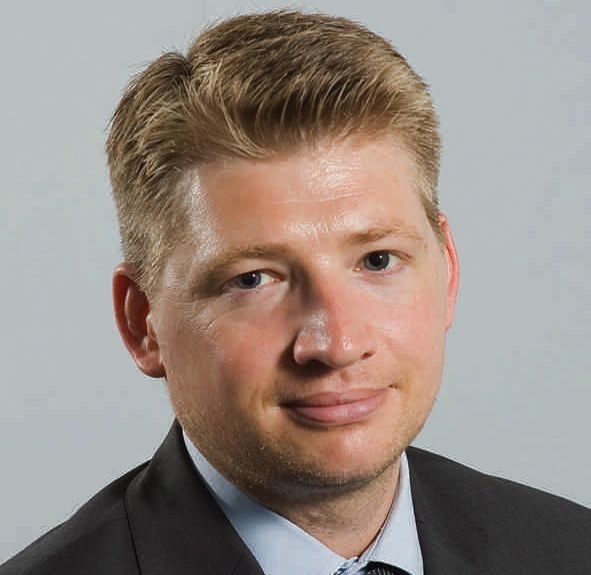Xavier Hovasse, manager on the Carmignac Emerging Discovery fund, has said that while the near term focus will be on Brazil in Latin America, it is the longer term prospects of Argentina that could shine depending on factors such as next year’s presidential election there.
Latin American makes up about 30% of the portfolio. Carmignac has previously stayed away from Argentina, for reasons such as the uncertainty surrounding the country’s participation in bond markets.
Currently, the country’s administration is fighting a battle with bond holders, who are owed debt in dollars. Going forward, the government might push to change the debt denomination to the local currency, Hovasse suggests.
Beyond that a key moment will take place with elections next year, which could mark the start of a different type of administration in terms of its dealings with international investors. Besides a new president, there are also Senate and Deputy elections taking place. Should that occur then Hovasse describes the country as “some day becoming the best frontier opportunity”. “The country has a relatively large population, that is well educated, and where you can find good entrepreneurs.”
Locals do not have credit because they do not want to put their money into the bank; so the deposit to GDP ratio is very low compared to similar sized economies. Hovasse estimates that debt to GDP ratio is around 45%.
The country has significant estimated reserves of onshore shale gas, which could become economically extracted if the government could encourage investment into the oil industry.
One of the challenges to investing is that the country has been involved in some unusual developments. For example, Hovasse said that the country was the only one in recent times that managed to have hyperinflation despite also enjoying surpluses, effectively leading into quantitative easing while having no debt. This is a completely different situation to a market such as the US, where quantitative easing occurred at a time when the government hit a sovereign debt crisis.
However, while Carmignac is not invested currently it is preparing to invest massively when it it feels there is a sound basis for change in the country. Hovasse said this might not be immediately following next year’s election, but at the same time there are potential candidates already putting forward policies that in his opinion look interesting.
Looking around Latin America more broadly, Hovasse, who joined Carmignac Gestion in 2008 from BNP Paribas Investment Management, said Colombia was one of the most interesting markets in the region, with sectors such as food retail still in a situation of low market penetration – about half of food sales in the country are still via non chain independent stores.
Colombia generally is enjoying the dividends of a peace deal between the government and FARC, which looks to be withing striking distance, and local politicians are impressing investors, for example, via a fiscal responsibility law. Ratings agencies have upgraded the country in recent years, and it is seen as less dependent on commodities exports than a number of other countries in the region.
Mexico offers potential in the banking sector, as about half the population do not have bank accounts – the result of previous financial crises that saw retail banking customers leave and never come back. Government reforms are progressing, and there is scope to privatise the country’s oil industry.
Insurance is another sector across the region where market penetration rates are low, thus offering good scope for growth, Hovasse added.
Brazil is set to provide the most immediate challenges to investors, after the presidential election. The country enjoyed a commodities and credit boom over the past decade, but the credit needs to be paid off, while commodities prices have weakened.
Cashflow and demography
Two key factors in determining investments in emerging markets are cashflow and demography, Hovasse said. His portfolio looks for companies with good cash flow growth; it is seeking companies with good prospects of self funding their growth. This varies by sector, with industries such as mining being capital intensive.
Hovasse does not look to ebitda. The key metric is free cashflow to equity yield before expansion capital expenditure. Hovasse said there is a split between maintenance capex and expansion capex, and he is looking for the figure after maintenance, but before expansion.
On ongoing challenge is the way accounting differs between jurisdictions. But by looking at cashflow and capital expenditure requirements, it means the fund will never buy a Gazprom or Petrobras.
The manager also uses the cash realisation ratio. If this is higher than 1, it means income statement multiples will make a company look more expensive than it is, so it is attractive from a valuation point of view. Cash return on invested capital is another key metric, Hovasse said.
Demographics are another key factor, he added. When women have fewer children they can be more economically active and provide better education to children, as well as result in other advantages to an economy. Hovasse said he is looking for evidence of populations growing “intelligently”. An example of where this factor suggests investors should stay away is Russia. The poor demographics affect the consumer story there, he said, even as investors struggle with other issues such as corporate governance and the impact of the oil price on the economy and a structural capital flight.



 For Alicia Miguel Serrano
For Alicia Miguel Serrano
 For Fórmate a Fondo
For Fórmate a Fondo